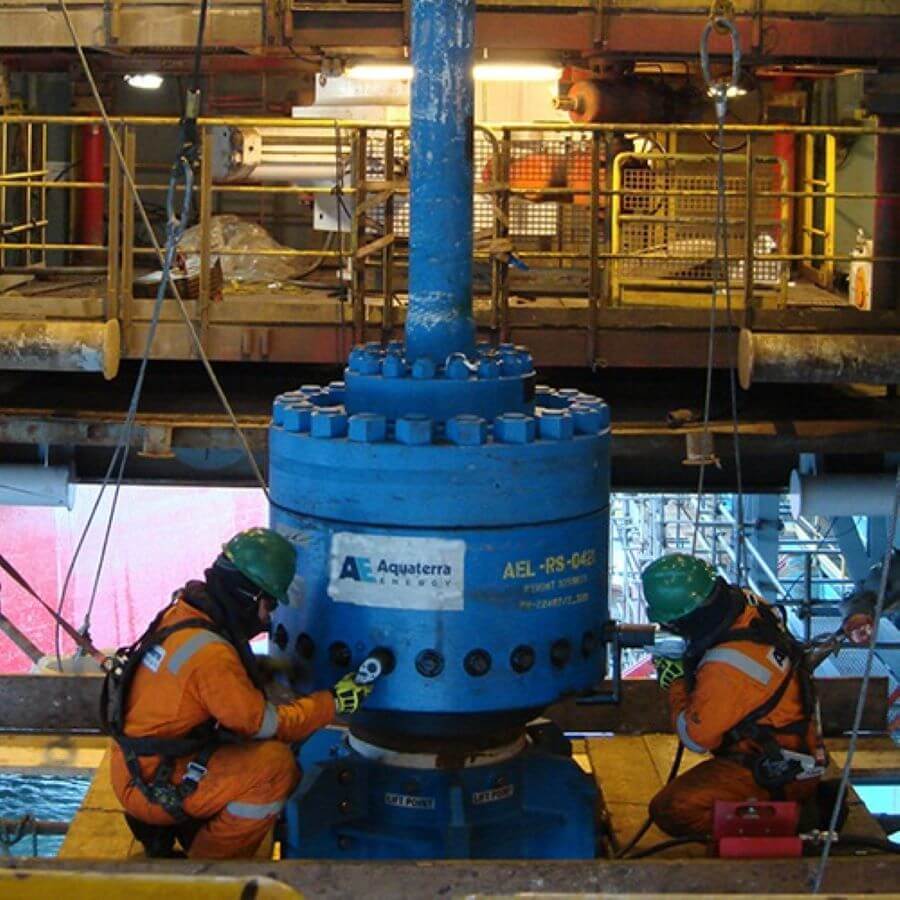With OGUK’s Decommissioning Insight 2019 report predicting that as many as 62 fields would host decommissioning activity in 2020, the sector anticipated this would be a year of growth in the UKCS, but the reality has been very different.Our own market assessment at Aquaterra Energy suggests around 70% of planned decommissioning work has been deferred (in part or entirely) and 10% cancelled; leaving only 20% to go ahead. The Covid-19 pandemic and the low oil price are, of course, the twin reasons behind this slump; the former poses very significant challenges to project execution, while the latter obviously changes the economic landscape against which operators make strategic decisions.
Decommissioning oil and gas assets – a strategic approach
Over the last few months, we have seen a real uptick in requests for tenders, a sure sign the market is starting to move again.
As decommissioning oil and gas assets moves back up the agenda, operator’s mindsets are shifting. In the past, operators have often partnered with specialists in specific areas, such as well re-entry and surface riser systems, but now they’re looking for integrated work packages as an efficient and effective way to deliver a project’s objectives.
Last year we collaborated with Oceaneering to create a complete end-to-end decommissioning package by effectively combining our engineering, project management and riser systems services. This approach also offered environmental gains by utilising personnel and equipment in different bases across Europe, optimising operations for North Sea projects.
The key to success in any oil and gas decommissioning programme is attention to detail and we have carried that principle into this collaboration. Our detailed analysis up front ensures we supply our customers with what they need offshore – and only what they need – to help realise cost efficiencies by reducing unnecessary contingencies.
Decommissioning oil and gas assets: CCS as a solution
Another dimension to decommissioning that we expect to become more prevalent is carbon capture and storage (CCS).
Production wells that are targeted for plug and abandonment (P&A) campaigns can be an alternative CCS solution. Key to carbon capture and storage is the integrity of the formation/reservoir that the CO2 will be stored in. Whilst legacy oil and gas fields are considered good CCS locations, a key risk and liability is the remaining suspended, or abandoned legacy wells. These legacy wells may have been abandoned correctly at the end of the field’s life, but barrier selection and testing may not be suitable for underground CO2 storage. While this may not be an operator’s most pressing priority, early awareness of this potential may save money later.
While work has been deferred, our optimism around the decommissioning market is increasing based the rising number of RFIs and ITTs being issued. It is too early to declare that the market is in recovery, but it’s certainly re-emerging after some of its toughest years.
